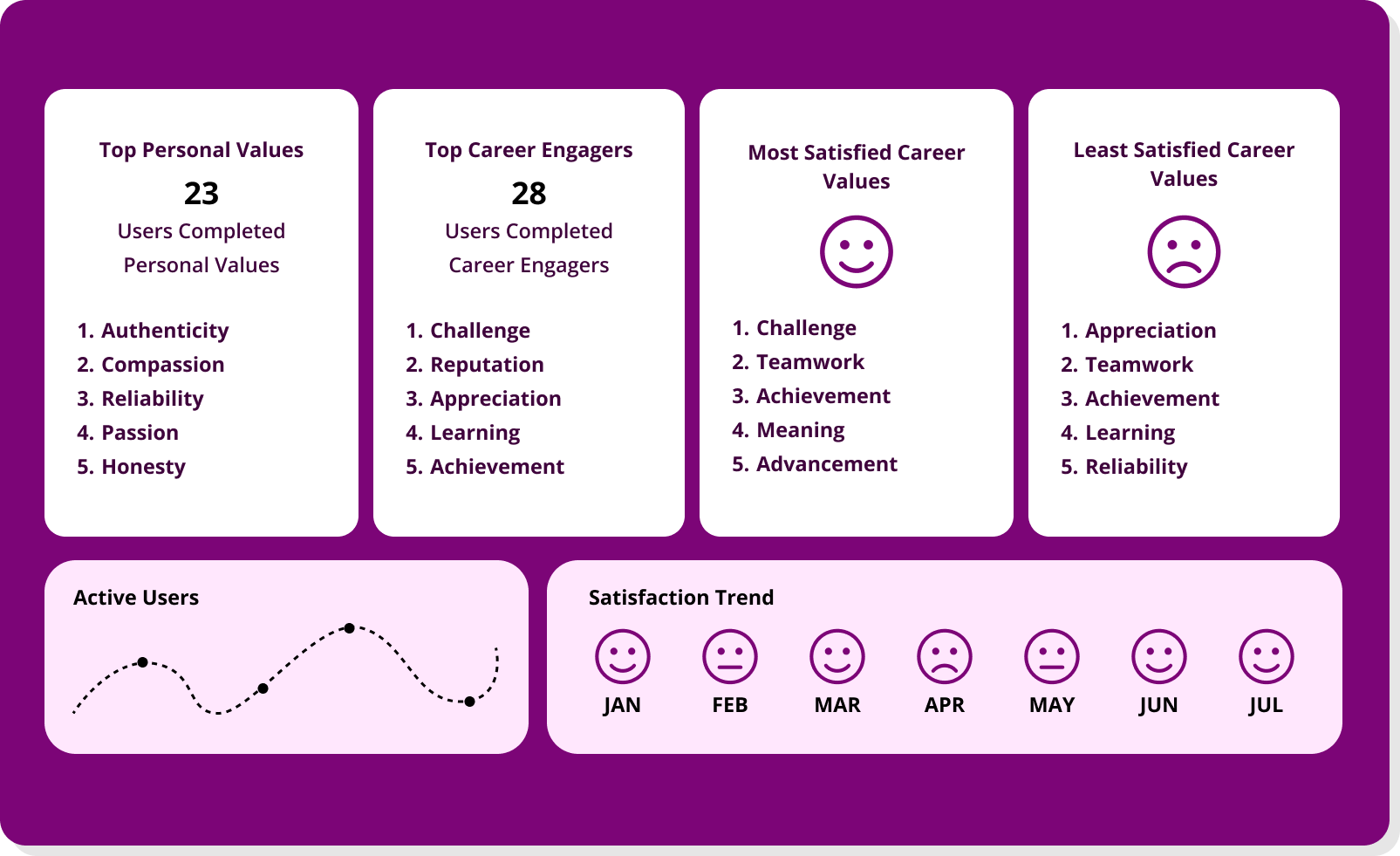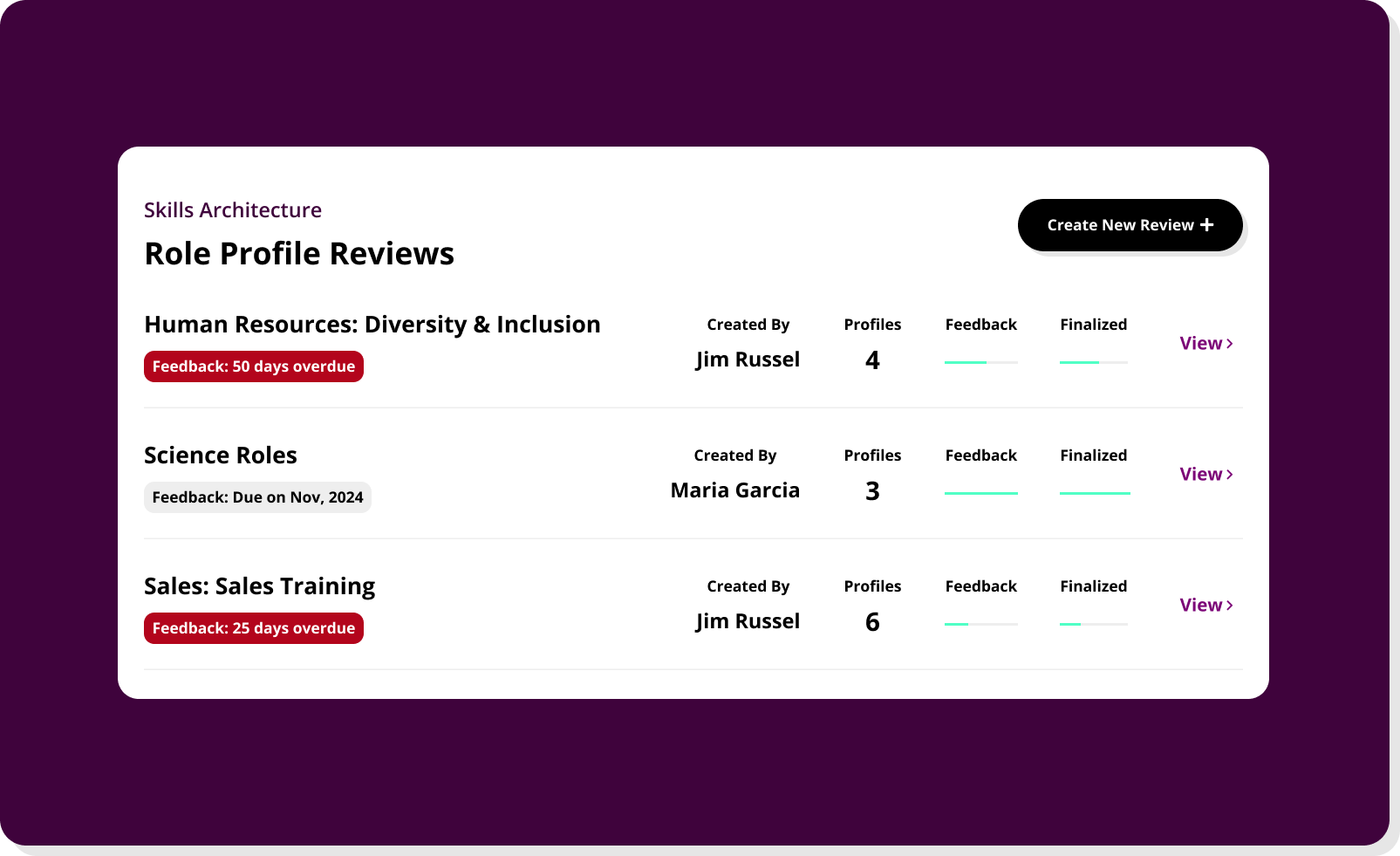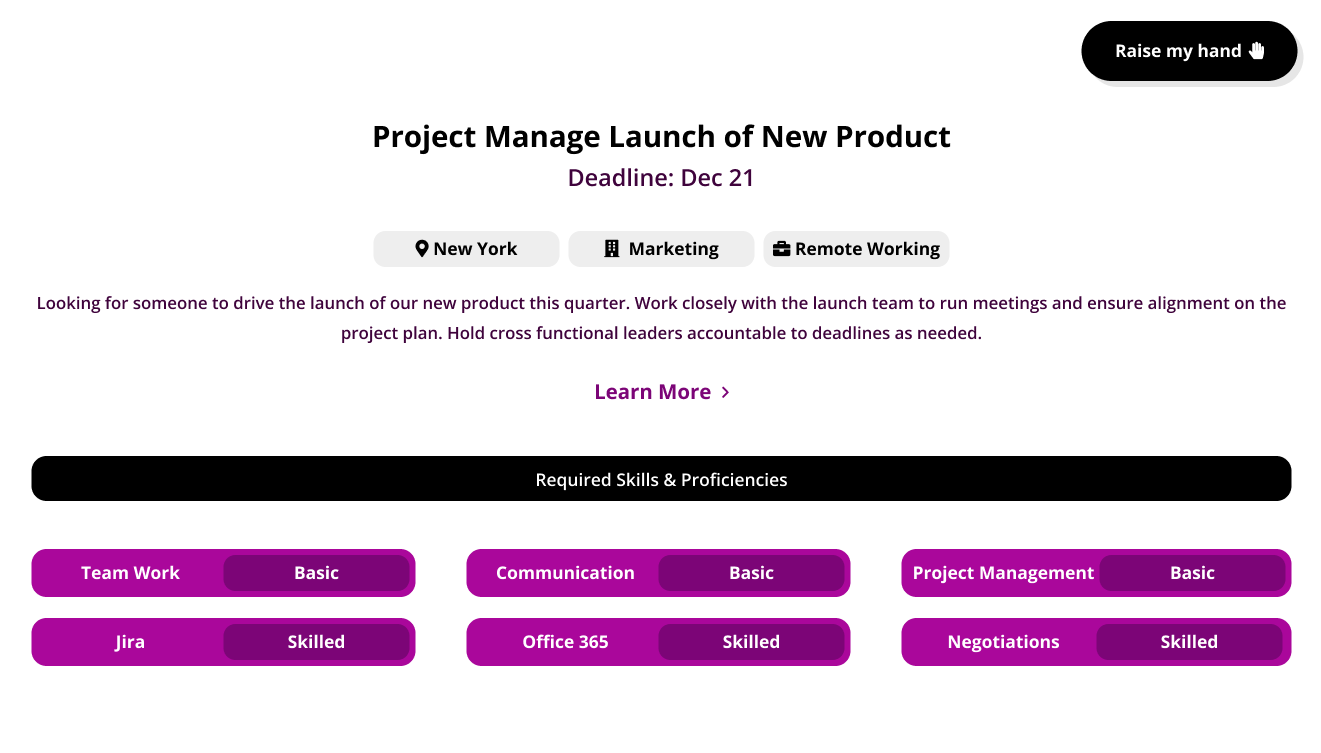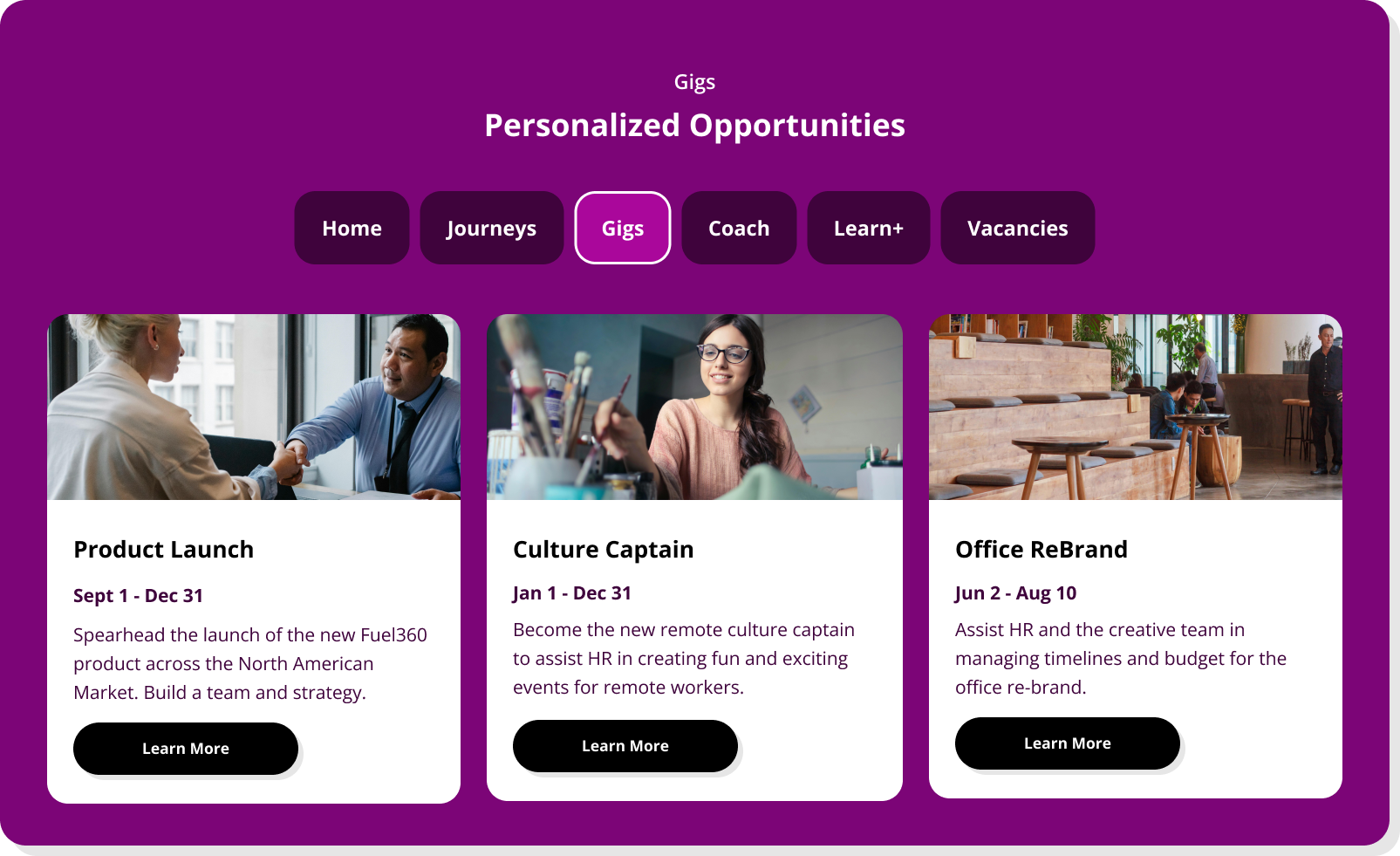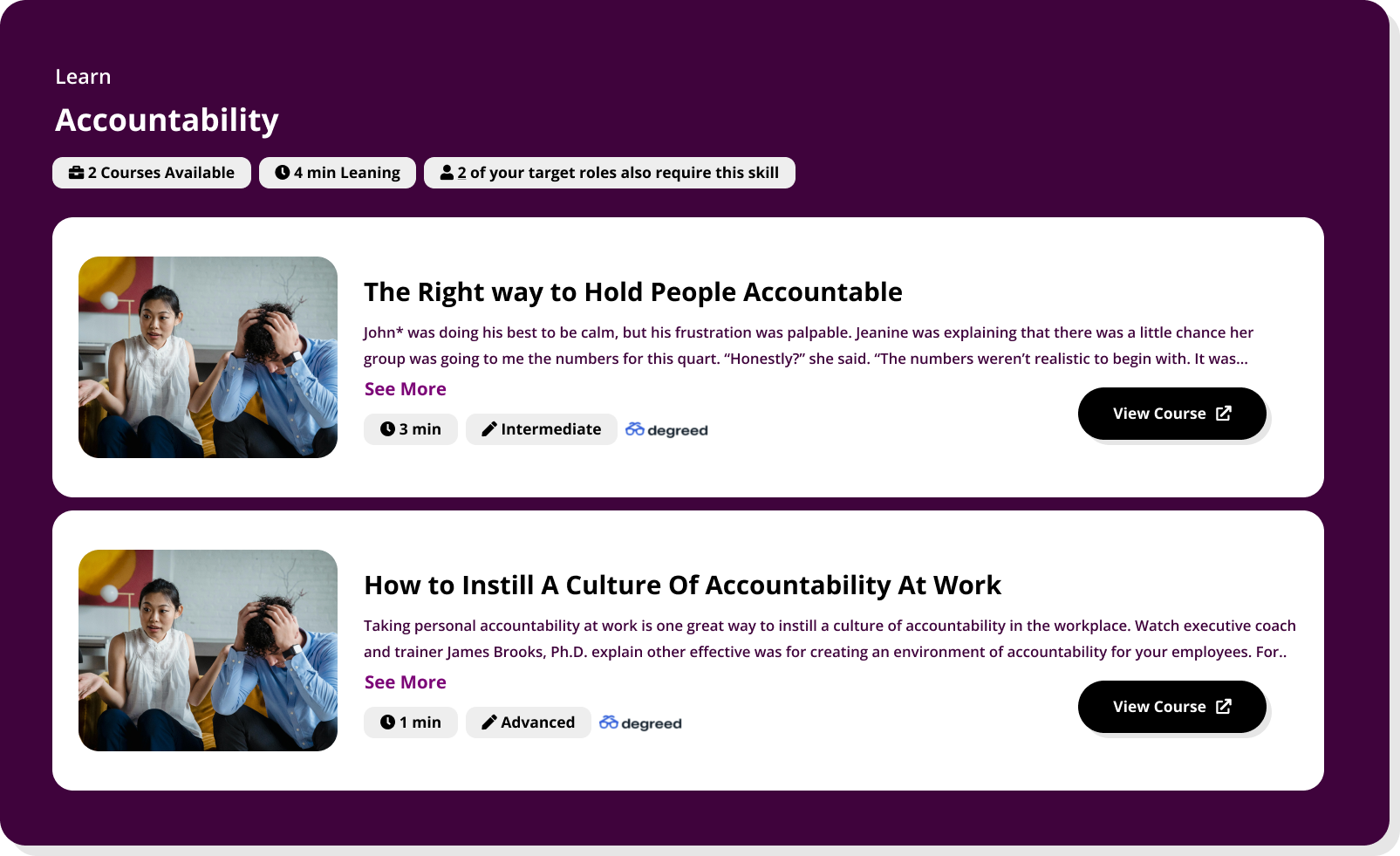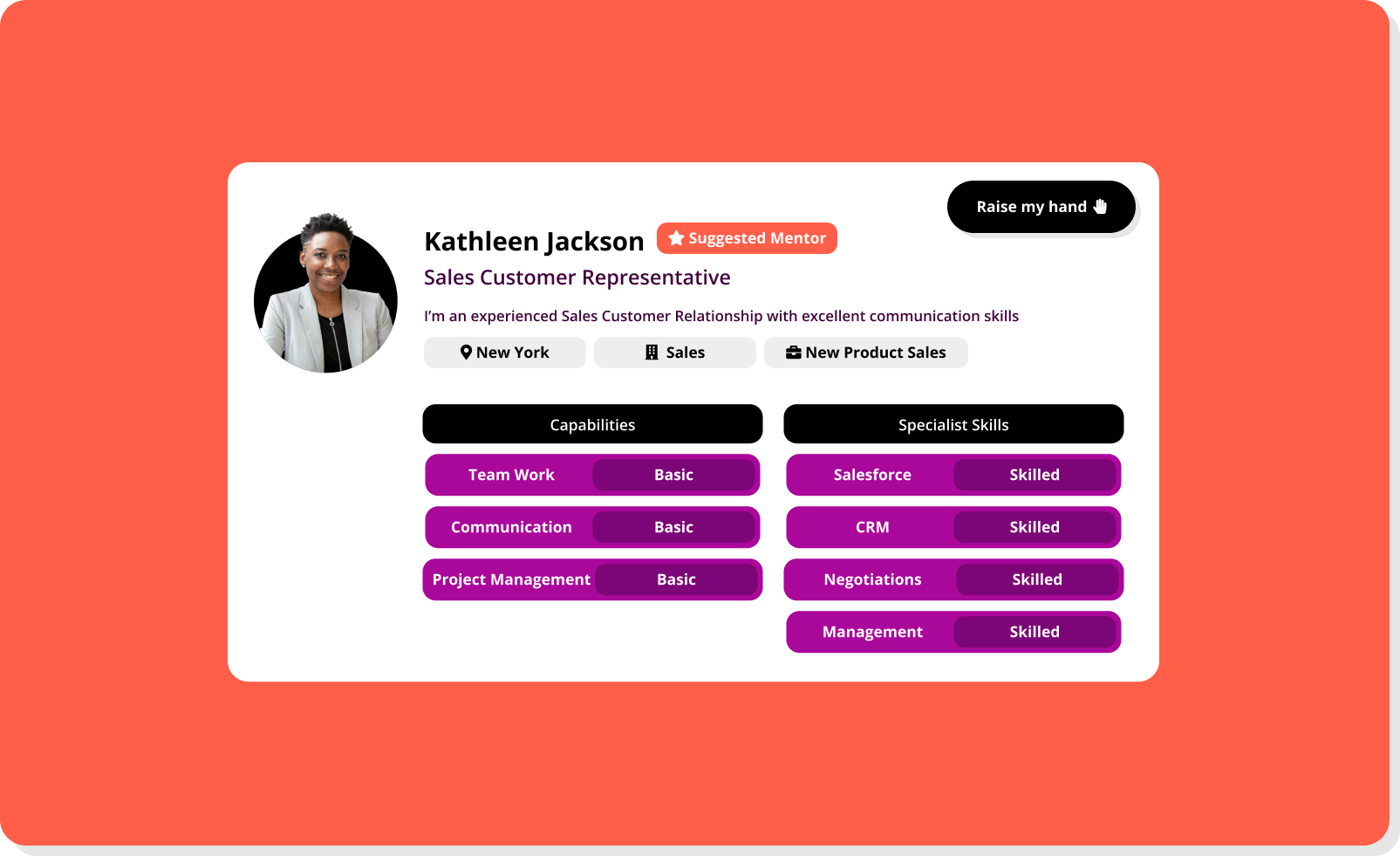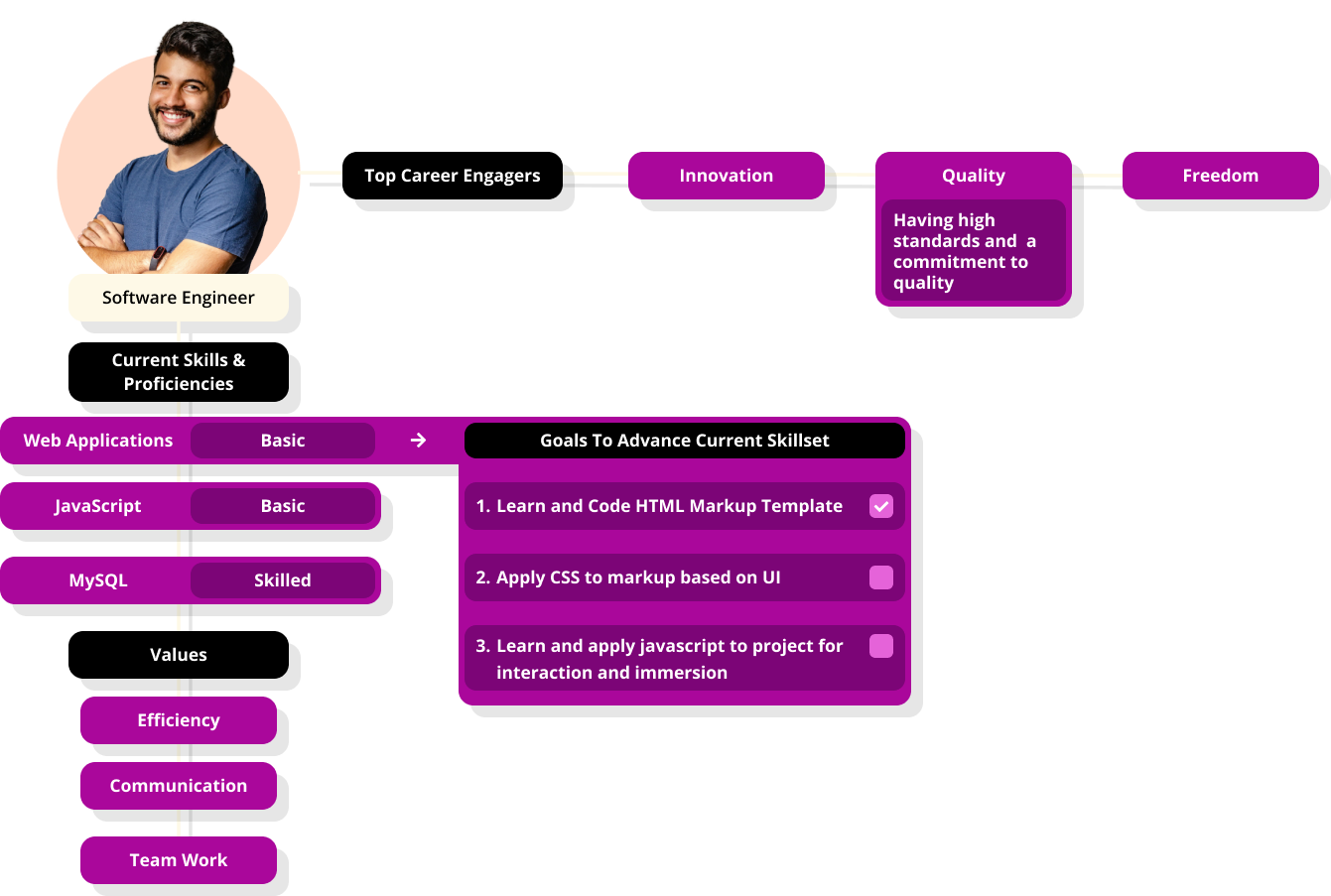Silos compromise performance.
When teams operate in isolation, information moves slowly, if at all. Projects stall while decisions escalate across functions. Inevitably, insight from one group fails to reach another in time to change course.
The result is delayed execution, missed handoffs, and redundant work because no one realized it was already underway.
This inefficiency directly weakens the organization’s ability to respond to change. When market conditions shift or strategic priorities evolve, siloed teams struggle to adapt. They make decisions based on partial data, alter departmental goals, and resist coordination because the systems and structures around them don’t support it.
Over time, this creates drift. Strategies lose coherence, initiatives fragment, and leaders pull in different directions, each with good intentions but misaligned objectives. The effects quickly become apparent: delayed product launches, inconsistent customer experiences, and conflicting priorities across departments.
Customers notice these inefficiencies, and as a result, competitors move faster, and the organization pays the price not only in efficiency but in market relevance as well.
Silos are rarely the product of dysfunction though; more often, they’re the product of functional structures, isolated KPIs, and tools that don’t communicate. If left unaddressed, they become a liability that erodes innovation, agility, and strategic alignment from the inside out.
 Where silos come from (and why they persist)
Where silos come from (and why they persist)
Silos form as a direct consequence of how organizations are structured, how people are measured, and how work is managed.
Once embedded, they tend to persist because the system reinforces them at every level.
Most organizations are designed around functions. Teams are grouped by discipline (e.g., marketing, operations, finance), and those units become the default guide points for decision-making, resources, and priorities.
This methodology can bring efficiency within departments, but it also creates natural boundaries that limit collaboration between them. Work becomes optimized for functions rather than shared outcomes.
Incentives then deepen those boundaries by rewarding people for team-level performance: They’re promoted, recognized, and evaluated based on how well they execute within their narrow scope. Few systems are designed to reward enterprise contribution, shared accountability, or cross-functional impact. As a result, people focus on where the reward is most visible and unintentionally reinforce silos in the process.
Technology and processes often follow the same pattern, with data living in disconnected systems, collaboration tools adopted in pockets, and processes optimized locally. Without integration across tools and workflows, even well-intentioned collaboration runs into friction. Teams default to what they can control, which means coordination becomes the exception, not the rule.
Culture then locks it in. Over time, teams begin to operate in protect-and-defend mode, where they guard resources, prioritize their backlog, and operate from a mindset of scarcity. This is not a failure of values—it’s the outcome of competing priorities and unclear alignment. When teams don’t share goals, they stop sharing ownership.
Silos form when structure, incentives, systems, and culture all point people inward. Breaking them demands a fundamental redesign of how work is connected, how people are recognized, and how collaboration is made both visible and valuable.
Why most collaboration fixes don’t work
When organizations try to bridge internal gaps, the first response often is to improve communication. They introduce new messaging tools, schedule more all-hands meetings, and hold cross-functional workshops intended to build trust and alignment. These efforts are well meaning, but they rarely produce lasting change.
Although teams are talk, the underlying structure keeps them working in parallel, not together. Tools like Slack, shared docs, and project management platforms help move information faster, but they don’t change how goals are set, how decisions are made, or how people are held accountable. Communication without alignment only creates more noise.
Workshops and awareness campaigns may build initial enthusiasm, but behavioral change fades quickly when the overarching system remains unchanged. If performance is still measured by departmental output, and priorities remain defined in silos, no amount of collaboration training will shift how people work day-to-day.
Collaboration problems are often treated as interpersonal or cultural issues. In reality, they’re symptoms of disconnected goals, misaligned incentives, and fragmented systems. Unless those roots are addressed, surface-level solutions provide only temporary relief. The issues return, and often with more friction.
How to break organizational silos in four steps
When executed right, these four steps will help you get rid of your organizational silos.
Start with how work design
To foster real cross-functional collaboration, the way work is structured needs to change. Silos don’t break because people are told to collaborate more; they disappear when teams emphasize shared outcomes instead of isolated functions.
This begins with moving from vertical structures to outcome-based ones. Instead of organizing work strictly by discipline, organizations can form teams around business goals, customer journeys, or key initiatives. When people from different functions are aligned on the same objective, collaboration becomes a necessity.
Shared goals must match shared accountability. Cross-functional teams should not be measured by their departmental KPIs alone. Instead, their success should be evaluated based on the result they collectively try to deliver, whether that’s a product launch, an improvement in the customer experience, or a transformation initiative. That changes how people prioritize, solve problems, and share credit.
Redesigning roles and projects with outcomes in mind allows people to move fluidly across boundaries. It encourages broader thinking, exposes individuals to different parts of the business, and builds organizational muscle for adaptability. The structure no longer protects silos—it erodes them.
Collaboration becomes sustainable when it’s embedded in how work is defined, resourced, and measured. That’s where real change begins.
Make skills, capabilities, and opportunities visible across the organization
Silos are harder to sustain when people can see the talent around them. When employees understand what others know, what they’re working on, and where their expertise could contribute, collaboration becomes the logical choice.
Most organizations operate with fragmented skill data and disconnected systems. As a result, teams make plans without knowing what internal capability already exists. Managers compete for head count instead of redeploying underused talent, and employees miss out on projects that would accelerate their development.
Vsibility solves this problem. When skills, experience, and growth readiness are transparent across the organization, decision-making improves. Project leads staff smarter, business units move faster, and talent can be mobilized based on capacity and relevance.
That;s when skills ontologies and talent intelligence platforms become critical. They produce a shared language for capability, map relationships between roles and skills, and uncover internal talent for opportunities that wouldn’t otherwise be visible. The outcome is both increased collaboration and better use of the talent you already have.
Incentivize collaboration and shared success
Even the best structures fail if incentives point people in the wrong direction. Collaboration won’t scale if individuals are only measured by their own output, or if teams are rewarded for protecting their own scope.
Organizations need to align performance metrics across functions. That means evaluating progress based on shared objectives: Teams should be recognized for their collective impact on outcomes that affect the whole business, not just within their department.
Recognition should also reflect the behaviors that support collaboration, such as knowledge sharing, project handoffs, and cross-team contributions. These are often invisible in traditional performance frameworks, so when such efforts are seen and valued, people begin to prioritize them. Collaboration becomes part of how success is defined, rather than something extra to manage on top of core responsibilities.
Shifting incentives takes deliberate effort, but when done well, it sends a clear message: Working together is a win for both employees and the organization.
Equip managers to think and act beyond their stated functions
Managers have more influence over organizational culture than most top-down policies. They decide what to prioritize, how to develop talent, and where to direct time and attention. When managers operate within a narrow view, focused only on their team’s output, silos tend to harden.
To break this cycle, managers need both permission and tools to expand beyond their immediate functions. This starts with visibility: Managers should have access to internal talent data that helps them identify stretch opportunities, suggest cross-functional moves, and support developmental plans that extend beyond a vertical path.
Incentives must also support this mindset. If a manager cultivates someone who moves to another team, that should be viewed as a success,not loss. Likewise, if a team member contributes to a project outside the department, it should reflect positively on the manager’s ability to grow talent, rather than detract from their performance metrics.
Mobility frameworks and career pathing tools can help guide this shift. They make it easier for managers to engage in conversations about range, capability building, and long-term growth. They also reinforce a culture of shared ownership, wherein developing talent is an enterprise-wide responsibility.
When managers are equipped to think beyond their core role, they become catalysts for connection. They help dissolve silos from the ground up, one conversation and decision at a time.
How Fuel50 helps organizations eliminate silos with skills intelligence and talent mobility
As previously stated, silos form when people, capabilities, and opportunities are disconnected. Fuel50 addresses this challenge by opening visibility, enabling mobility, and aligning talent strategy with real-time business needs. The platform treats collaboration as a capability to permeate the organization.
Here’s how Fuel50 enables organizations to dismantle silos and build a more connected, agile workforce.
Fuel50 makes skills more visible across the organization
The first step in breaking down silos is to help teams see each other. Most organizations have no shared view of internal skills; talent data lives in separate systems, job titles fail to reflect actual capabilities, and managers lack insight into talent outside their direct team.
Fuel50 removes these blinders by giving the entire organization a unified view of skills. It maps each employee’s abilities with clarity and context, connecting roles to skill sets and outlining proficiency levels with precision.
This transparency enables smarter conversations around deployment, planning, and development.
The platform reveals internal talent that would otherwise go unnoticed
Talent is often hiding in plain sight. Employees develop transferable skills, build experience through side projects, or express interest in new challenges, but without the right infrastructure, those actions and sentiments remain invisible.
Fuel50 makes that potential actionable by identifying internal candidates for roles, projects, and stretch opportunities based on the skills people possess.
It allows leaders to fill needs with existing talent, move faster on initiatives, and reduce the friction that slows collaboration between teams.
This is especially powerful when building cross-functional teams. Instead of relying on who’s available or who’s known, organizations can staff initiatives based on fit and readiness. That alone accelerates decision-making and increases the quality of execution.
Managers gain the tools to lead outside their direct scope
Fuel50 helps managers do what traditional structures discourage: develop people across boundaries. Most managers focus on optimizing their own teams, which reinforces silos by design. Fuel50 widens the lens: With access to skills data and internal opportunity insights, managers can have broader development conversations, suggest cross-team moves, and support mobility without losing control or clarity.
This changes how managers approach growth. Instead of developing people for the next job in their department, they help them expand their range to add value throughout the business. The result is greater more informed succession planning, and fewer barriers to talent movement.
Employees see where they can grow—and who with
Horizontal growth and cross-functional collaboration require more than encouragement. Employees need access to information about where their skills are relevant, where they can stretch, and how they can get involved in initiatives beyond their immediate roles.
Fuel50 gives employees that access. The platform highlights roles, gigs, and projects that match their capabilities and interests. It shows them what skills they already have, which they could develop, and how they compare to others in the company.
It also connects them to mentors, peers, and leaders in different teams, making the organization feel more like a network and less like a hierarchy.
This degree of visibility builds trust and engagement. When employees see the business as a place they can grow, that shift drives greater performance, retention, and collaboration in ways that top-down initiatives often fail to replicate.
Fuel50 turns silo-breaking into a system
Many organizations attempt to remove silos through workshops, task forces, or culture initiatives. While these efforts can create short-term synergy, they rarely address the systemic causes. Fuel50 embeds cross-functional thinking into how work is done.
By integrating skills intelligence into career pathing, talent mobility, and workforce planning, the platform ensures collaboration becomes part of the operating model. Leaders make decisions based on shared capability data, employees grow through shared experiences, and managers lead with shared goals in mind.
Over time, this fosters a more fluid and adaptable organization. Teams move faster, knowledge travels further, and talent is deployed with greater precision. The walls between departments thus become more porous, and the value of collaboration proves itself in tangible results.


 Where silos come from (and why they persist)
Where silos come from (and why they persist)